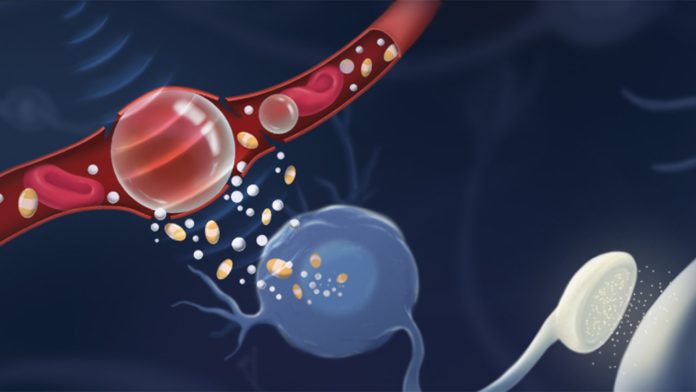The first successful use of sound waves to control individual brain cells and the development of the technology to do so was reported by Dr. Sreekanth Chalasani, an assistant professor in Salk’s Molecular Neurobiology Laboratory in La Jolla, California, and colleagues in the edition of the journal Nature Communications. The development presents a new and safer resource to alter brain cells that are impacted by disease or injury. The process has only been proven to be successful in the neurons of the nematode Caenorhabditis elegans.
The new process has been named sonogenetics because it uses the same frequencies of sound that are used in medical sonograms. The researchers found that a membrane channel specific to the transport of calcium called TRP-4 could react to externally produced sound waves. The scientists were also able to transfer the action of TRP-4 to brain cells that never had the ability to use the protein before. The study proves that sound can be used to reestablish lost function in diseased or damaged brain cells as well as cells in the heart and any other part of the body.
The method is less invasive than light-controlled methods because sound waves do not scatter like light waves do. This natural quality of sound waves would allow specific chemical changes to be made in the deepest regions of the brain that cannot be readily accessed by present technology. The basic idea is to adjust a sound generator that would alter a single molecule or a group of molecules in any part of the body. Human trails are being planned for the new method.















